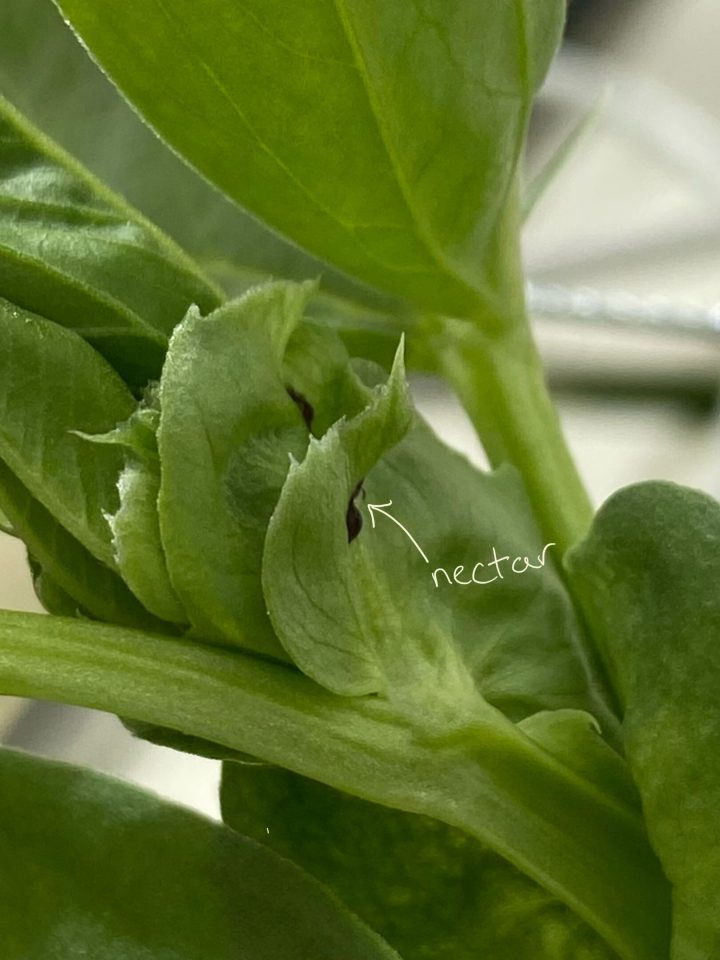Project lead: Chelsea Gowton
This research is inspired by Dr. Cindy Prescott’s Surplus Carbon Hypothesis which posits plants decrease growth before photosynthesis in common suboptimal environments (mild nutrient and/or water limitation). This then results in a surplus of non-structural carbohydrates not utilized by primary metabolism. Plants manage the surplus carbon through source-sink dynamics, and external sinks, like above- and below-ground mutualists remove this surplus carbon. Because of this, the surplus carbon hypothesis has the potential to fundamentally change current ecological and evolutionary thinking. Rather than other hypotheses which center around limitation, the Surplus Carbon Hypothesis comes at the perspective of abundance. What initially drew me to this area of research was its potential to create a paradigm shift in how we explain ecological phenomena such as root exudation, and extrafloral nectar (EFN) production. Carbohydrates are central to plant-mutualist interactions, thus studying whole-plant carbon allocation may help with understanding the ecology and evolution of plant mutualisms. Ecosystem services such as herbivore suppression, and carbon sequestration rely on the exchange of these plant derived carbohydrates.
Despite the diversity of EFNs, the current literature describes EFN as an indirect plant defense which attracts predators, mainly ants, with sugar-rich rewards in exchange for herbivore predation. EFN anatomical structure, and chemical composition varies across species found in a diverse range of habitats. While EFN is commonly assumed to be defensive in nature, experimental evidence is mixed with a few striking examples of defensive benefit (e.g. acacia), while many others show little or no defensive benefit. Thus, studying carbon allocation through the lens of the Surplus Carbon Hypothesis may better explain the inconsistent mutualistic pattern with EFN producing plants. While plant defenses have been described according to source-sink dynamics, the relative strength of multiple sinks on EFN has yet to be determined. Of interest, especially within the Surplus Carbon framework is the strength of below-ground sinks which include root storage and root exudates. Through a series of growth chamber experiments, I will seek to answer the overall question: why do facultative EFN producing plants allocate carbon towards constitutive EFN production? First, I will determine if carbon is in excess of plant needs as stated by the Surplus Carbon Hypothesis. Then I will determine whether EFN serves as a mechanism to allocate surplus carbon by modifying the sink strength of EFN. Finally, I will determine whether the sink strength of EFN in relation to belowground mutualists, like rhizobia.

(Vicia faba L.). Photo by Chelsea Gowton.

Photo by Chelsea Gowton.